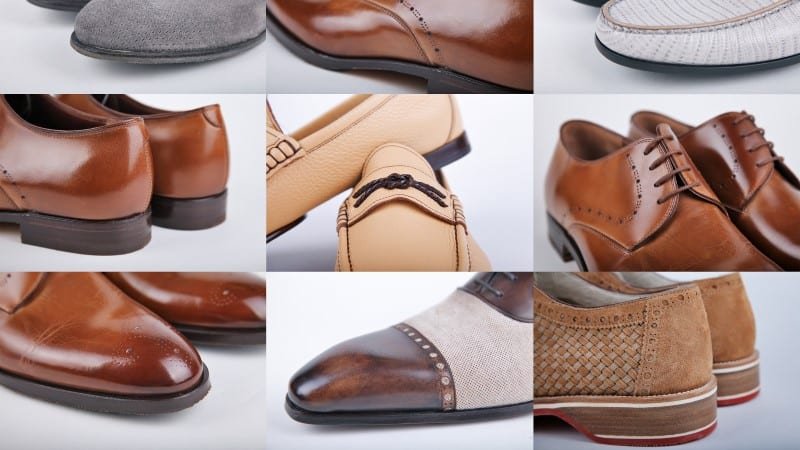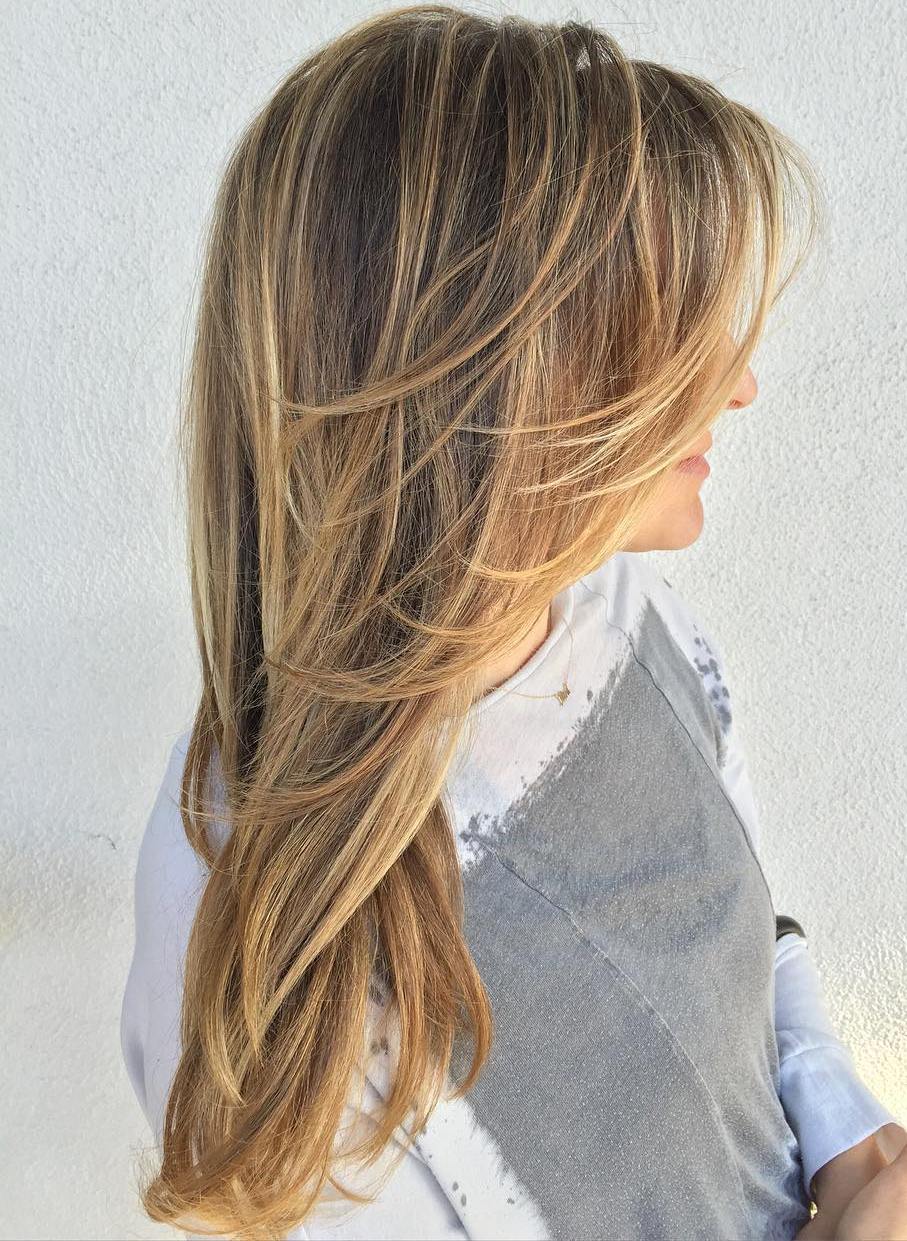
Shoe leather is the most common material used in shoe manufacturing. It is a highly durable and flexible material that provides comfort, style, and protection to our feet. Over time, different types of leather have been developed to cater to specific needs and preferences. Understanding the different types of shoe leather can help you make an informed decision when buying shoes.
This article aims to explore the various types of shoe leather available in the market today. We will take a closer look at their characteristics, strengths, weaknesses, and appropriate use cases. Whether you are looking for formal shoes or casual footwear, this guide will help you choose the right type of leather that suits your style and requirements.
Overview Of Shoe Leather Types
There are several different types of shoe leather that are commonly used in the manufacturing of footwear. One of the most popular types is full-grain leather, which is made from the top layer of an animal’s hide and is known for its durability and natural texture. Another common type is corrected-grain leather, which has been treated to remove any imperfections or blemishes on the surface.
Suede leather is a popular alternative to traditional smooth leathers, as it has a unique texture that gives shoes a more casual look. It’s also generally less expensive than full-grain leather. Nubuck leather is similar to suede but has been sanded down to create a smoother finish.
Other less common types of shoe leathers include patent leather, which has a glossy surface thanks to its plastic coating; exotic leathers like crocodile or snake skin; and synthetic leathers made from materials like polyurethane or PVC. Each type of shoe leather offers different benefits and drawbacks depending on its intended use and personal taste preferences.
Full-Grain Leather:
Full-grain leather is one of the most popular types of shoe leather. It is made from the top layer of the hide, which is known for its natural grain pattern and durability. Unlike other leathers that are sanded and buffed to remove imperfections, full-grain leather retains its unique texture and markings. This makes each piece of full-grain leather unique.
Durability
One of the biggest benefits of full-grain leather is its durability. It is tough enough to resist wear and tear, making it ideal for shoes that will be worn frequently or subjected to rough conditions. Full-grain leather also ages beautifully, developing a rich patina over time that enhances its character.
Premium Quality
While full-grain leather may be more expensive than some other types of shoe leather, it offers premium quality that cannot be matched by synthetic materials or cheaper alternatives. Its natural look and feel make it a highly sought-after material among shoe enthusiasts who appreciate its craftsmanship and timeless style.
Top-Grain Leather:
Top-grain leather is derived from the outer layer of animal hide, making it slightly thinner than full-grain leather. Despite its thinner structure, it is still highly durable and resistant to wear and tear. Top-grain leather undergoes a treatment process that removes any imperfections on the surface, resulting in a smooth and uniform texture.
Because top-grain leather is sourced from the outer layer of animal hides, it tends to be more affordable than full-grain or exotic leather. This makes it an accessible option for those who want high-quality leather without breaking the bank. In addition to being cost-effective, top-grain leather also offers a wide range of colors and finishes to choose from.
When used in shoe production, top-grain leather can provide comfort and style at an affordable price point. Its lightweight nature doesn’t compromise on durability or longevity either – shoes made with top-grain leather can withstand years of use without showing signs of wear and tear. Overall, this type of leather provides excellent value for money while still maintaining high-quality standards.
Split-Grain Leather:
Split-grain leather is a type of leather that comes from the lower layer of the hide. It is less durable than full-grain leather because it has been split, removing the top layer (the strongest and most durable part). As a result, split-grain leather may not hold up well over time, especially if it’s exposed to harsh conditions or frequent use.
- Despite its lower durability, split-grain leather is often used in footwear because it’s cheaper to produce than full-grain leather. This makes shoes made with split-grain leather more affordable for consumers who might not be able to afford higher-end options. However, buyers should be aware that they may need to replace their shoes more frequently if they opt for this type of leather.
In summary, while split-grain leather may offer a more cost-effective option for shoe manufacturers and consumers alike, it’s important to consider its potential drawbacks before making a purchase decision. Those looking for long-lasting footwear may want to opt for full-grain or other high-quality leathers instead.
Patent Leather:
Patent leather is a type of coated leather that boasts a high-gloss finish, making it perfect for formal occasions. The glossy surface of patent leather is achieved by coating it with plastic or lacquer, which gives it a durable and water-resistant surface. Due to its shiny appearance, patent leather shoes are often associated with tuxedos and other formal attire.
The benefit Of Patent Leather
In addition to its aesthetic appeal, patent leather also has practical benefits. Its waterproof surface makes it ideal for rainy weather or damp environments where regular leather would be damaged. Furthermore, the plastic coating provides an extra layer of protection against scuffs and scratches.
While patent leather shoes are popular among men at black-tie events, they can also be worn by women in various settings. Patent leather pumps are a classic choice for business attire or special occasions like weddings and graduations. Whether you prefer black or bold colors like red or blue, there’s no denying the striking effect of patent leather on any outfit.
Suede leather:
suede leather is a type of leather that is created from the underside of animal hides. This side of the hide is often softer and more pliable than the top grain, which makes it perfect for creating shoes with a soft and velvety texture. Suede leather can be made from a variety of animals including cows, goats, and pigs.
Advantages Of Suede Leather
One advantage of using suede leather for shoe making is its ability to mold to the shape of your foot over time. As you wear your suede shoes, they will gradually conform to your foot’s unique contours, providing unparalleled comfort and support. Another advantage is that suede leather can come in many different colors which allows for greater flexibility in design.
Despite its soft texture and comfortable fit, suede leather does require some special care compared to other types of shoe leathers. Suede shoes are prone to water damage and stains so it’s important to take extra precautions when wearing them outdoors or in wet conditions. Regular maintenance such as brushing with a suede brush or applying protective sprays can help prolong the life of your suede shoes while keeping them looking their best.
Exotic Leathers:
Exotic leathers are often associated with luxury and high-end fashion, and for good reason. Crocodile and ostrich leather, in particular, are known for their unique textures and durability that make them ideal materials for shoes, wallets, belts, and other accessories. Crocodile leather is especially coveted for its distinctive scale pattern that adds a touch of exotic elegance to any outfit. While it can be expensive due to the limited availability of crocodiles in the wild, it is also highly durable due to its natural oil content.
Ostrich leather is another popular option for luxury items like footwear because of its softness and flexibility. It boasts a distinctive quill pattern that adds visual interest to any product made from it. Additionally, ostrich leather has natural oils that protect it from drying out or cracking over time. Despite their high price tags compared to more common leathers like cowhide or pigskin, crocodile and ostrich leathers remain popular choices among consumers who value quality craftsmanship and long-lasting durability in their products.
Conclusion:
In conclusion, choosing the right type of shoe leather depends on your specific needs. If durability and water resistance are a priority, then full-grain leather or top-grain leather is an excellent choice. They are thick and sturdy, making them ideal for outdoor activities or work boots. On the other hand, if comfort and flexibility are important to you, then suede or nubuck leather might be a better option. These leathers are soft and pliable, allowing for a more natural foot movement.
It’s also essential to consider your style preferences when selecting the type of shoe leather. If you prefer a polished look that lasts for years, then patent leather would be best suited for formal shoes such as dress shoes or loafers. However, if you seek something casual yet stylish like sneakers or sandals, perforated leather could be an excellent option.
Ultimately, it’s crucial to choose the right shoe leather that suits your needs without compromising on comfort and style. With so many options available in the market today, it’s easy to find what works best for you by considering the factors mentioned above before making a purchase.






